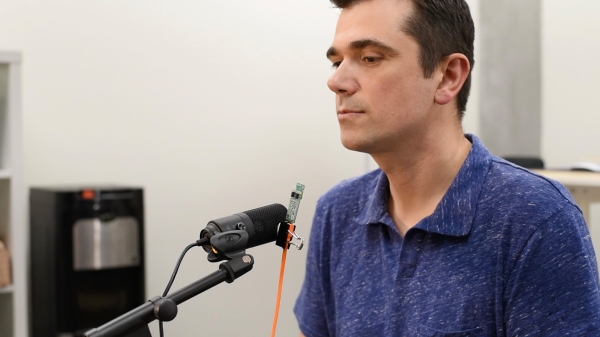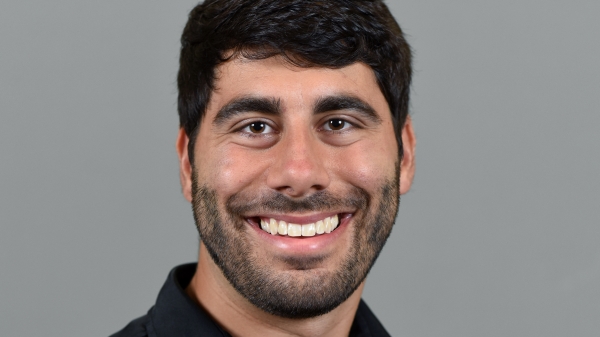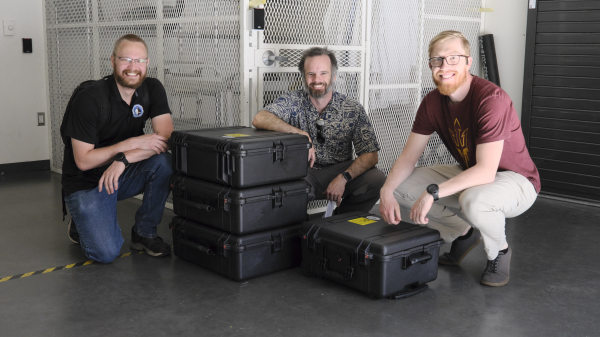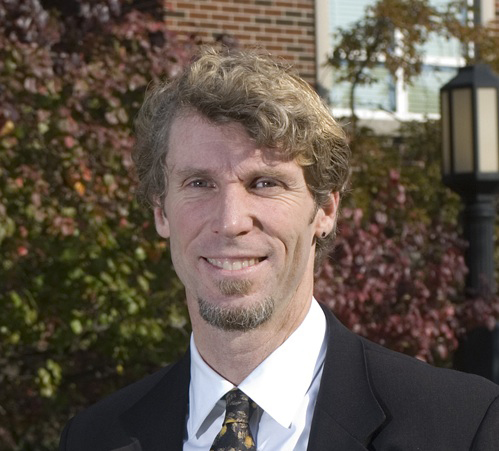Power-plant data flawed, ASU team finds
Inaccurate numbers for carbon dioxide emissions undermine Clean Power Plan

Federal data on power-plant carbon dioxide emissions is significantly flawed, according to a study by Arizona State University scientists published this month.
Monthly emission differences at a fifth of U.S. power plants varied plus or minus 13 percent. At half the plants, differences varied plus or minus 6 percent.
Inaccurate data undermines the federal Clean Power Plan, which is designed to strengthen the trend of clean energy by setting a national limit on carbon pollution produced from power plants.
“I would say that, in order for that piece of policy to be as effective as I’m assuming everyone wants, we need to make sure we’re monitoring and measuring power plants accurately,” said Kevin Gurney, lead author of the study. GurneyGurney is a senior sustainability scientist in the Julie Ann Wrigley Global Institute of Sustainability and an associate professor in the School of Life Sciences in the College of Liberal Arts and Sciences. is an atmospheric scientist, ecologist and policy expert working in carbon-cycle science, climate science, and climate-science policy.
Gurney (left) was “pretty darn surprised” by the findings.
“That’s too much error,” he said. “You can’t implement and enforce a policy with that type of error.”
Power plants are responsible for roughly 40 percent of carbon dioxide emissions nationwide. Climate-change science, air-pollution regulation and potential carbon-trading policies rely on accurate measurement of emissions. Two U.S. federal agencies — the Department of Energy and the Environmental Protection Agency — tabulate the emissions from U.S. power plants using two different methodological approaches.
The scientists analyzed those two data sets and have found that when averaged over all U.S. facilities, the median percentage difference is less than 3 percent. However, this small difference masks large differences at individual facilities.
“Power-plant emissions have been looked at for a long time, but they’re typically examined in the aggregate — ‘Here’s the whole U.S.,’” Gurney said. “They just haven’t been looked at individually or analyzed individually. That of course is where the problem arises.”
Differences that large at individual plants raise concerns over implementing the Clean Power Plan.
“This policy relies on the achievement of state-level CO2 emission-rate targets,” the authors wrote. “When examined at the state level, we find that one-third of the states have differences that exceed 10 percent of their assigned reduction amount. Such levels of uncertainty raise concerns about the ability of individual states to accurately quantify emission rates in order to meet the regulatory targets.”
It’s fixable, according to Gurney.
“It’s just that no one has paid attention,” he said. “I think that just a little bit of recalibration and consideration of good instruments, and a little more transparency from utilities, and it can fixed.”
The Clean Power Plan requires individual states to meet specific standards. Currently the plan is tied up in court; resolution is not expected this election year.
More Science and technology

ASU researchers develop special microphone to verify human speech
Deepfakes have become a large societal concern with the advent of video and audio content generated by artificial intelligence, or AI. A deepfake is a convincing imitation that blurs the lines…

Leading students toward a future of renewable energy
Nicholas Rolston, assistant professor in the School of Electrical, Computer and Energy Engineering, one of the Ira A. Fulton Schools of Engineering at Arizona State University, has found his passion…

SPARCS mission spacecraft bus delivered to ASU for final assembly
The Arizona State University team that is building the NASA-funded Star-Planet Activity Research CubeSat, or SPARCS, cleared a major milestone this week — receiving its spacecraft bus at the School…
